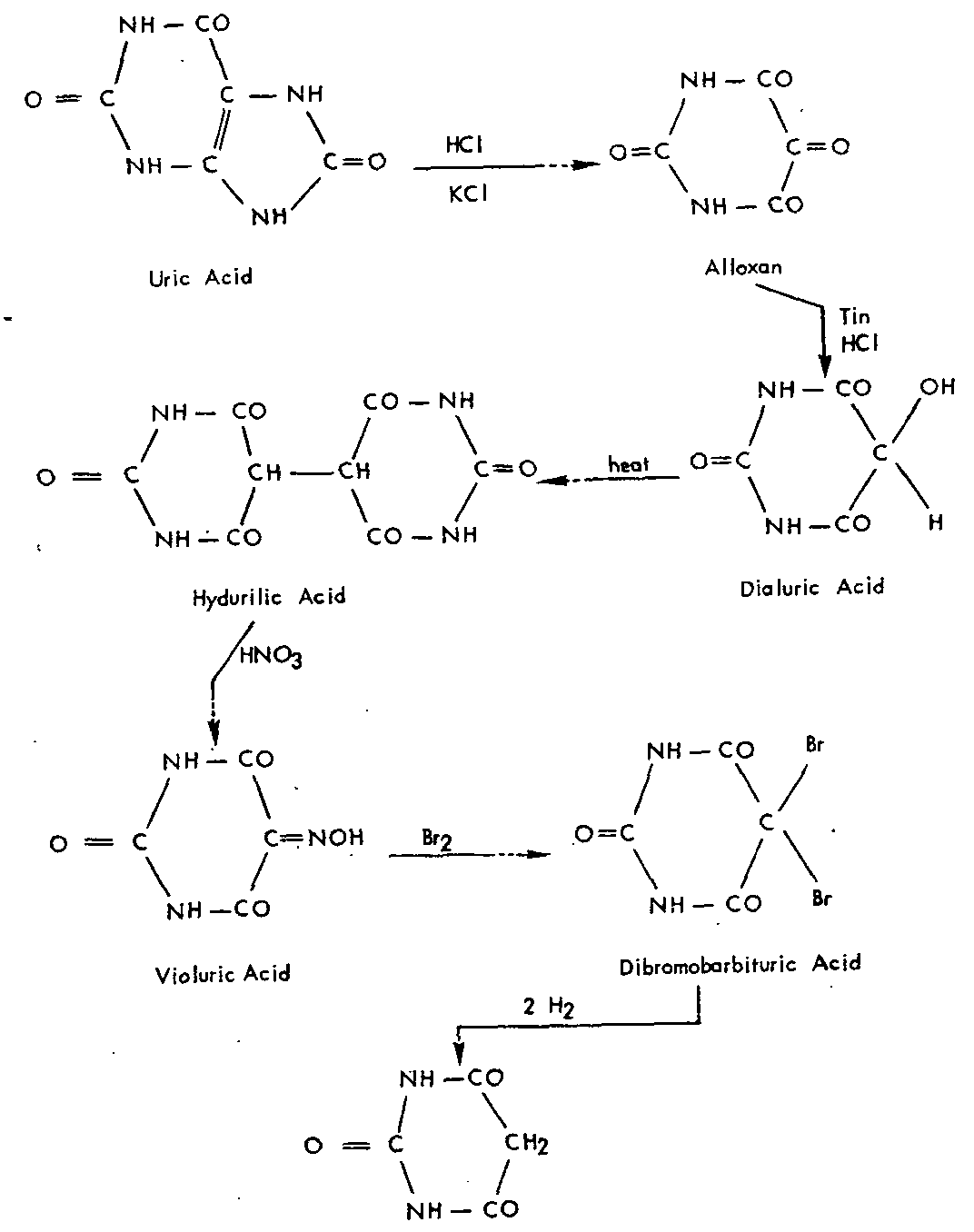Baeyer's reagent
The Baeyer- sample, named after Adolf von Baeyer, is a qualitative method of analytical chemistry to detect unsaturated hydrocarbon compounds, especially in alkenes.
Implementation
To the substance to be examined, the Baeyer- reagent is added which consists of sodium carbonate, and potassium permanganate. If the violet solution is already discolored in the cold and a brown precipitate is formed, this is a proof of unsaturated hydrocarbons. The color change can be explained by a redox reaction, in which, under resolution of a carbon- carbon double bond, Braunstein and a manganate ( VI) and a diol arise:
The Bayer sample first creates a manganate (V) ( MnO3 ). This disproportionated to manganese (IV ) oxide and manganate ( VI) ( MnO42 - ). Of compounds which are insoluble in water, and an alcoholic permanganate may be used. Performs to the Baeyer - sample with an acetic acid solution of potassium permanganate by, the proof is also in a discoloration of the purple solution.
However, the Baeyer- sample not only shows a positive reaction to alkenes. Alkynes and a number of other classes of compounds are also oxidized by potassium permanganate. As well as aldehydes, formic acid and esters thereof, phenol and aniline derivatives as well as mercaptans and thioethers give a positive test.
The oxidation of alkynes with potassium permanganate occurs confusing. Depending on the choice of reaction conditions form
- Carboxylic acids ( using aqueous potassium permanganate )
- α -diketones (anhydrous dichloromethane solution, which is oxidized under phase transfer conditions with solid potassium permanganate )
- α -diketones and other oxidation products ( dichloromethane solution, which is oxidized under phase transfer conditions with aqueous potassium permanganate )










